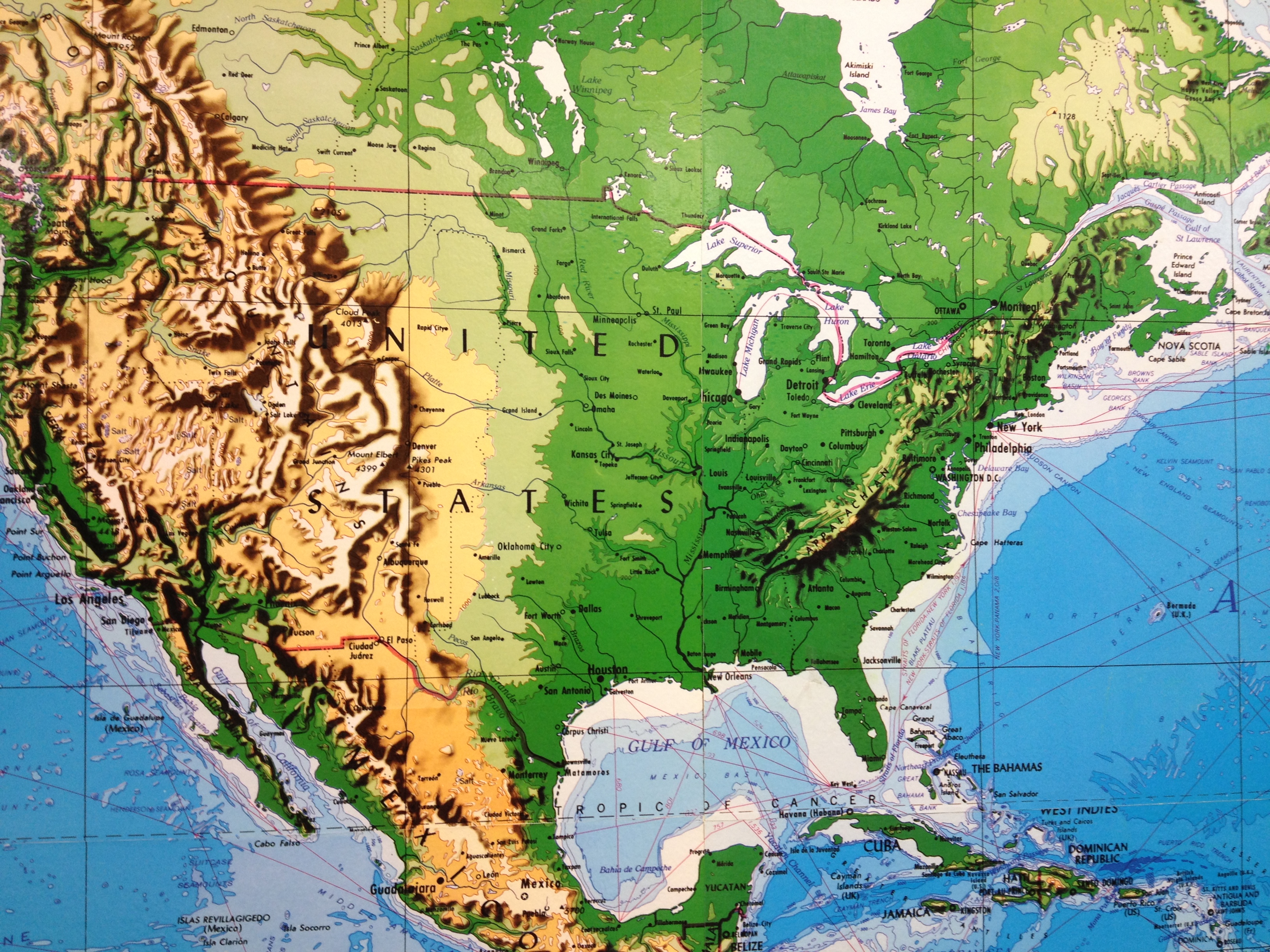
Exploring Our Own Biases
[flickr id=”8367795778″ thumbnail=”medium” overlay=”true” size=”original” group=”” align=”none”]
“I want to illustrate that when we erase students’ unique struggles with broad generalizations, when we are blinded by visions of a homogeneous classroom full of people like us, we alienate those students who don’t perceive themselves to be like us. As teachers we have to instead reach out to students who are different than us, ask questions about their backgrounds, and create a space in which they are free to talk from their own perspectives, with the understanding that we all can learn from the experiences and observations of each other.” – Jennifer Steele
[flickr id=”8366725381″ thumbnail=”medium” overlay=”true” size=”original” group=”” align=”none”]
Our J-Term course this year is called Dimensions of Multicultural Education and Global Awareness. As this course happens in just six sessions, it focuses less on how to teach from a multicultural perspective and more on uncovering our own personal biases so that we may see who we aren’t “seeing” in the classroom. The biases we talk about cover traditional “isms,” but also extend much further into questions like: do you teach how you learn? And if that is the case, are you teaching the students who don’t learn like you?
A part of the course is reading essays from the book Learning to Teach for Social Justice and writing regular reflections about the content. The quote above is from Ch. 3 of our textbook. I thought I’d share my reflection for this chapter, as I think it addresses something somewhat common in academia.
[flickr id=”8366724533″ thumbnail=”medium” overlay=”true” size=”original” group=”” align=”none”]
I have a natural tendency, just like Steele notes, to immediately interact with the people around me who I believe reflect something I also see in myself. My background is in theatre, and theatre can be incredibly all-consuming, so when I make new friends it is very likely that, if they are not theatre people themselves, then they are very invested in some other type of art form that will allow us to seek out cultural experiences together. I am biased towards these people because I assume that they will like what I like and, maybe more likely, that I won’t have to experience something I’ve decided I do not like. This is not the best way to function in the world, I admit that wholeheartedly. And since this graduate program began, I have been slowly fixing this about myself.
When I met our cohort, I did initially gravitate towards the other artists in the room. I thought to myself that we would create beautiful and challenging arts-integrated lessons together. What I found when we did our lessons together, however, is that we all sought control over the same parts. We had the same strengths and typically the same weaknesses. I wasn’t growing as a teacher, and my process was not improving. So I sought out two people in my cohort who I thought were not like me. One is seeking a middle school Math endorsement, and the other is seeking a middle school Science endorsement. What I found when I worked with them both was that they forced me to explain and develop my reasoning in the areas that were my strengths, because they were not their strengths. And they helped me grow in the areas that I saw as my weaknesses, because these were the places where they shined. I have always been a preacher of collaborative processes, of reflection and understanding of the talents of those you work with, but I don’t think I have ever fully participated in a truly collaborative process until planning lessons with people who were different than me.
[flickr id=”8366727329″ thumbnail=”medium” overlay=”true” size=”original” group=”” align=”none”]
Do you naturally gravitate towards people who are just like you in some regard? Tell me about it—I’d be very excited to start a dialogue! I plan on sharing more reflections from this course in the coming weeks, so hopefully we have a lot to talk about!
